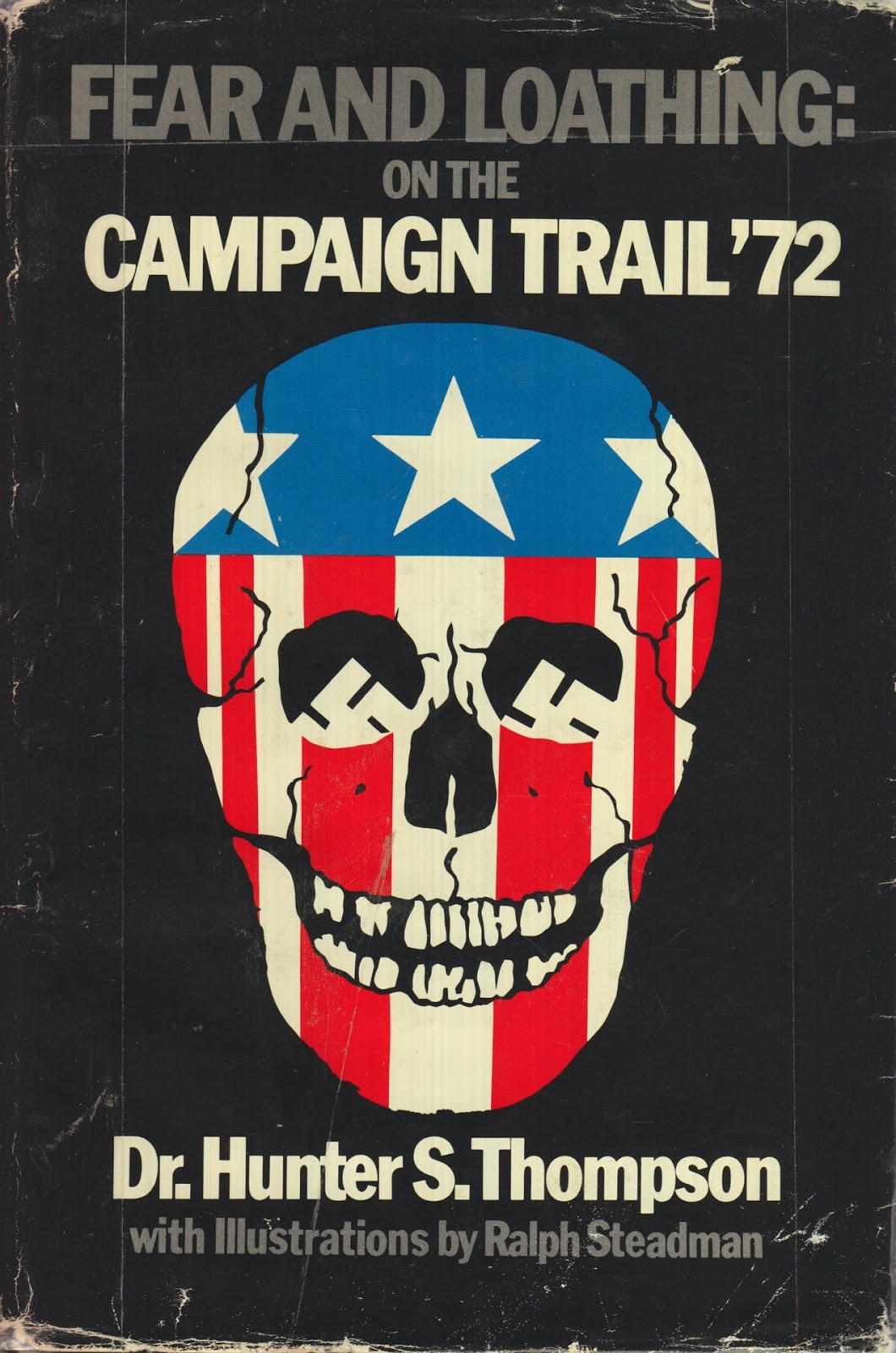

The most The People’s Daily said was that “the choice of the next American President will pass to the Congress,” and left it at that. Official editorial policy in much of the Communist world ran much the same, except for China, whose official press treated it as a non-event. Pravda expressed the firm belief that the “autocratic command structure (of American government) would fall on the weight of the callous corruption in capitalist contradictions.” (An American observer called this alliteration worthy of Agnew). Oddly, they credited George McGovern has having somehow revolutionized the American proletariat and argued that his progressive platform would sweep away “the plutocratic power elite.” The same editorials also warned about “a growing fascist tendency” in the form of Wallace. Pravda ran a series of editorials proclaiming the result as proof that the American people were rejecting the ruling structure. They received back angry retorts to “mind their own business.” French editorials made much of the merits of their process of directly electing the French President in a two step process (first round and run-off elections) and recommended the Americans do the same.

The European press began a process of dissecting the American electoral process. There were a few instances of pre-mature “Nixon is finished” celebrations before the actual meaning set in. Public opinion around the world was confused about the mechanics of the Electoral College especially in much of Western Europe where coalition governments were the norm. However, the initial panic had ripples across markets around the world, and opened the door to what was characterised as “a potential cyclical downturn.” The widely reported fall in the Dow average contributed to an overall feeling of nervousness about the economy in the last two months of 1972.

Arthur Burns, Chairman of the Federal Reserve, became concerned about potential capital flight.Īfter first shocks, the situation stabilized as investors took a wait-and-see attitude. The Chicago Board of Trade commodities exchange saw a rise buy orders for precious metal futures, a sign that investors were looking for an inflation hedge. Widespread panic selling set-in with the initial shock of the news, although by late afternoon the market had stabilized somewhat. Within a few hours the Dow Jones Average, which had been edging toward the 1,000 mark on November 8, fell 125 points (roughly 13% of its value) within the space of a few hours. Confirmation of the inconclusive election results were broadcast shortly after the New York Exchange opened for trading on Thursday, November 9.


 0 kommentar(er)
0 kommentar(er)
